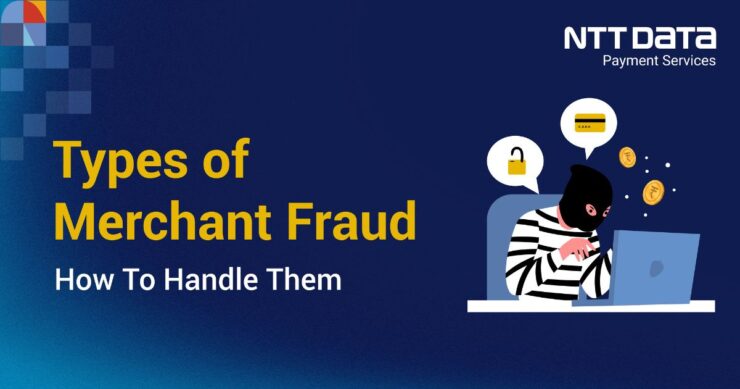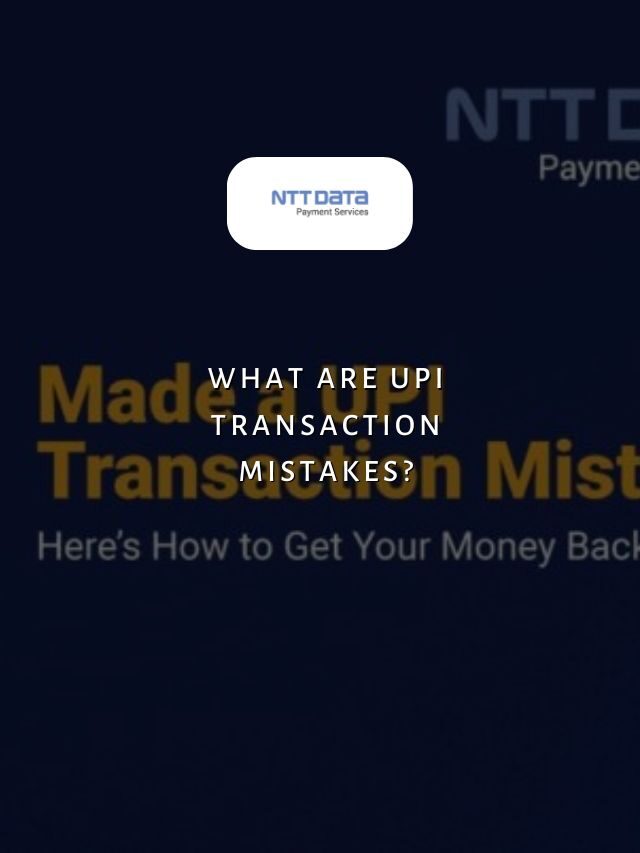
Table of Contents
Fraudsters constantly devise new techniques to exploit merchants and steal customer payment details. In this blog post, we will explore four major types of merchant fraud and how to handle each.
Understanding Merchant Fraud in Detail
Merchant fraud is a serious problem that costs businesses millions each year. As e-commerce and digital payments continue to grow, so do opportunities for fraudulent activity. However, there are steps merchants can take to protect themselves from the most common types of merchant fraud.
What is a merchant fraud?
Merchant fraud occurs when a merchant or vendor commits deception in a business transaction. Some common types of merchant fraud include billing for services or goods not delivered, falsifying customer information for their own financial gain, or processing transactions for counterfeit goods.
Recent Web Stories
What are The Types of Merchant Fraud?
The following are the four common types of merchant fraud.
1. Bust-out Fraud
One of the most damaging types of merchant fraud is known as bust-out fraud. With this scheme, a fraudster will establish a new business and build up its credit profile over several months by making regular, small purchases from suppliers and paying the bills on time.
Once the business has a positive payment history, the fraudster will dramatically increase their orders from various merchants and suppliers. However, instead of paying the large invoices, the fraudster simply shuts down the business and disappears, leaving merchants with huge unpaid bills.
2. Transaction Laundering or Factoring
Another common merchant fraud scheme involves “transaction laundering or factoring.” In this scam, fraudsters will make legitimate purchases from an online merchant using stolen credit cards. However, instead of having the goods shipped to the cardholder’s address, they request the items be shipped elsewhere. The fraudsters then sell those goods for cash at a discount to fence operations willing to buy stolen merchandise.
3. Identity Swap Fraud
An identity swap fraud scheme involves fraudsters utilising stolen identities to open new business accounts. They will take over an existing, legitimate business by posing as the owner and requesting changes be made, such as updating the company profile, payment details, or authorised users. This allows them to intercept payments, place and receive new orders, or drain existing balances.
4. Business Remodelling Fraud
In a business remodelling fraud, a scammer will set up a small business. They will then use the business’ positive payment history. Once the KYC is complete & a credit profile is established the fraudster places large fraudulent orders. To avoid detection, the fraudster may keep the authentic business name, website, and contact details unchanged at first.
How to Handle Merchant Fraud?
By following these methods, you can protect your business from merchant fraud.
1. Bust-out Fraud
To prevent bust-out fraud, merchants need to thoroughly vet new business customers before extending them large lines of credit. Run background and credit checks, verify business licenses and registration, and ask for personal guarantees from business owners.
Any new account that abruptly and unpredictably increases spending should be avoided. Set reasonable credit limits based on payment history and gradually increase limits over time as trust is built. Stay alert for any signs a customer may be preparing to close up shop.
2. Transaction Laundering or Factoring
Merchants can help prevent this type of fraud by carefully verifying all shipping addresses match the billing address on the payment method used. Require identification verification for high-value orders or any requests to deviate from the standard shipping location.
Monitor for multiple orders using the same payment method but with different shipping addresses. Be wary of customers repeatedly requesting rush shipping or expedited delivery.
3. Identity Swap Fraud
To counter identity swap fraud, merchants must have strong identity verification procedures in place. Cross-check sensitive details like business registration numbers, tax IDs, physical addresses, phone numbers and more to confirm the identity of any existing customer requesting changes.
Use multi-factor authentication where possible. Monitor accounts for suspicious login activity from new devices or locations. Notify actual business owners of any altered account details.
4. Business Remodelling Fraud
Merchants can reduce their vulnerability to business remodelling fraud by staying up-to-date on customer ownership changes. Request prompt notification from businesses about any sales, mergers or new management. Verify the identities of any new principals.
Watch for inconsistencies in order volumes, payment patterns or product mix compared to past purchase behaviour. Consider re-evaluating credit limits following significant operational changes at a client firm.
Secure Your Online Payments with NTT DATA Payment Services
At NTT DATA Payment Services, we understand the challenges merchants face from fraudulent activities. As a leader in payment processing and risk management solutions, we help businesses of all sizes detect, investigate, and prevent fraud.
NTT DATA Payment Services offers a complete payment solution to advance both your offline and online businesses from,
- Online Payment Gateway in India
- POS machines
- IVR payments
- Mobile applications, and
- Bharat QR Scan and Pay
We ensure maximum comfort, convenience, and safety for all your payments.
Staying One Step Ahead of Fraudsters
By educating yourself on the most prevalent types of merchant fraud like these, businesses can take proactive steps to strengthen their fraud prevention controls. A layered approach using identity verification, transaction monitoring, and risk-based authorisation can help merchants avoid becoming victims of fraud while still providing excellent customer experiences.
Staying vigilant yet balancing security with convenience will help protect the bottom line from fraudulent losses. With diligence and the right tools, merchants can stay one step ahead of would-be fraudsters seeking to exploit vulnerabilities.
| Also, you can get frequent updates on nttdatapayments Instagram page. |
Types of Merchant Fraud: FAQs
1. What is merchant fraud?
Merchant fraud occurs when a merchant or vendor commits deception in a business transaction by billing for undelivered goods/services, falsifying customer info, or processing transactions for counterfeit goods.
2. What are the common types of merchant fraud?
The 4 major types discussed are bust-out fraud, transaction laundering, identity swap fraud, and business remodelling fraud.
3. How can merchants prevent bust-out fraud?
Merchants should thoroughly vet new business customers, run background checks, verify licenses, set credit limits, and monitor for abrupt spending increases.
4. How can merchants prevent transaction laundering?
Merchants should carefully verify shipping addresses match billing addresses, require ID for high-value/special orders, and monitor for repeat orders with different shipping locations.
5. What tools can help merchants detect and prevent fraud?
Implementing identity verification, transaction monitoring, risk-based authorisation, and working with a payment processor that offers fraud detection/prevention solutions.







